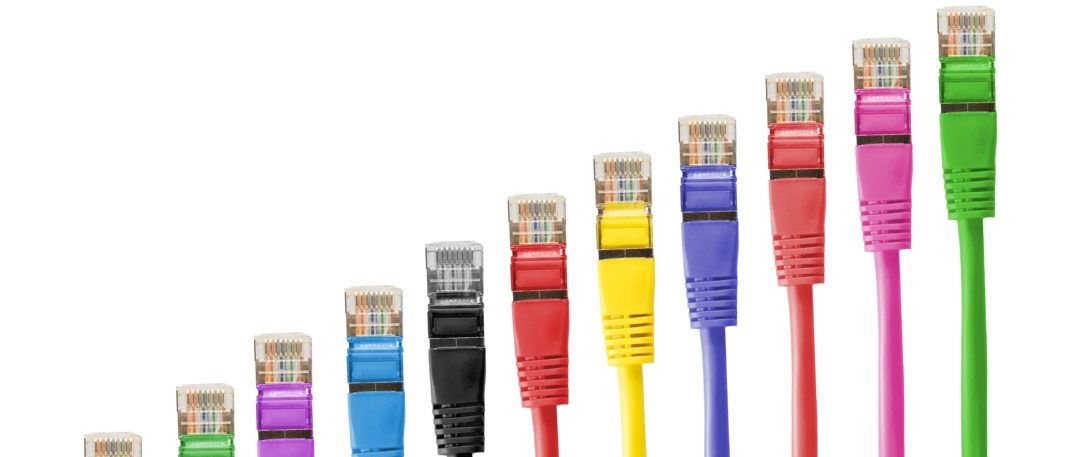The Mary Meeker KPCB Report on Internet Trends has long been the number one source reference for anyone interested in finding out how the internet is changing business and consumer behaviour.
If you’ve been following this blog for a while, you’ll know that I’ve also featured my take on the 2016 and 2017 reports. These findings are not to be considered outdated, but with technology moving as fast as it does, each year offers new trends and insights.
This year’s report, a still hefty 294 pages, is a little shy on last years, but, still filled with some nuggets. So much so I’m sure your feeds are full of top 10 takeaways and insights.
Here is my version.
KS’s Top 10(ish) Insights
Insight 1: E-commerce sales continue to grow and accelerate. While e-commerce sales grew by 14 percent in 2016, 2017 saw 16 percent growth. Amazon takes the lion’s share of sales, accounting for 28 percent of e-commerce sales last year. (Slides 45-77)
I have spoken about this a lot. While there are some changes with GST, NZ retailers still need to be prepared. There is a big section in the report re e-commerce. It is worth diving into it if you are in this field.
Insight 2: Voice-controlled products have moved from the marginal to the mainstream. Amazon Echo, for example, could boast 20 million units in the US by Q3 of 2017. That figure rose by another 10 million in Q4. Voice recognition may have offered more misses than hits in the past, but it has now reached 95 percent accuracy. That’s enough to make it attractive to regular consumers. (Slides 25 -26)
How are you preparing your business for voice activation? If you haven’t played around with Siri or Google Assistant for a while, you should! They’re good!
Insight 3: The smartphone market has matured. Sales are down, and prices are dropping. 2017 saw no growth in smartphone shipments. The market is becoming saturated. Growth in the smartphone market will be hard to achieve from now on. (Slides 6 & 15)
NZ has a pretty high standing in the smartphone penetration stakes with smartphone ownership standing at about 80%, maybe it’s finally time to think mobile first?
Insight 4: 5.9 hours of digital media. People now spend an average of 5.9 hours enjoying digital media, and of that, 3.3 hours are spent using mobile devices. And people now spend 50% more time on mobile than desktop. (Slide 11)
As per my point above, with nearly 50% spent on mobile, you have to be thinking mobile first.
Insight 5: According to Deloitte, 79 percent of US users are willing to share personal data if they feel that there is a “clear personal benefit” in doing so. This drops to 25% for sharing personal data (such as financial and driver data), this is slightly less for our closest cousins Australia @ 17%. All sources agree that if users feel that their data is being misused, they simply delete Apps rather than exploring any in-App privacy settings. (Slides 28 – 31, 203 – 210 & 223)
This is a value equation trade-off – customers give information for access to products and services – but you need to be very careful with trust. Get close to breaking it, and you’re gone.
Insight 6: Good news for my friends in broadcast media. Looking at the time consumed vs advertising spend it looks like advertising revenues for 2017 pretty much matched time consumed. Unfortunately for the print guys, there will be more of a shift towards mobile – and that budget will come from print. (Slides 96-97)
Print may not be dead yet, but mobile advertising offers better targeting and a better ROI. Now more so than ever the job for each media owner is to demonstrate your effectiveness, not only are you fighting for attention you are fighting for effectiveness
Insight 7: Subscription everything: users are increasingly willing to pay a monthly fee for access to content. But Facebook is proof that ad funding can still work making $34 a year per user. (Slides 81 – 82 & 32)
Consumers are willing to pay for content, as long as it’s great content. For media people: remember that ad-funded business models aren’t the only way to go. Content remains king.
Insight 8: The gig economy is big but we might not have seen it in NZ yet. The freelance workforce grew by 8.1% since 2014. Based on this trend, there will likely be 6.8m on-demand jobs in the US by 2018. (Slides 162-175)
The Gig economy is relatively underdeveloped in NZ but looking at Australia with models like Air Tasker, Service Seeker, Oneflare, it is just a matter of time.
Insight 9: Video drives mobile usage. (Slide 23)
You’ve seen this on your Facebook and LinkedIn feeds. I’m experimenting with it and it gets better engagement than blogs (there is a video accompanying this post!). Your business needs to start sharing its content via video.
Insight 10: Mobile payments are the next wave, finally (slides 18 – 19)
This has been threatening to become mainstream for a while and is nearly here. Are you prepared?
Insight 11: Cutting edge data analytics are allowing businesses to personalize product and service offerings. And with that comes greater customer satisfaction. (Slides 190 – 197)
OK, so there are 11 points here. 🙂
So what is the biggest overall takeaway?
I’ve been talking about a number of these things for a while, and sometimes I’m ahead of the curve. They are here now- mobile, video, data, e-commerce. These changes will have a massive impact on your business and your career.
You to need paddle hard and catch this wave.
KS




